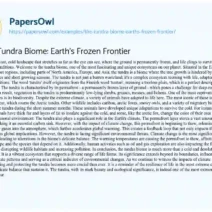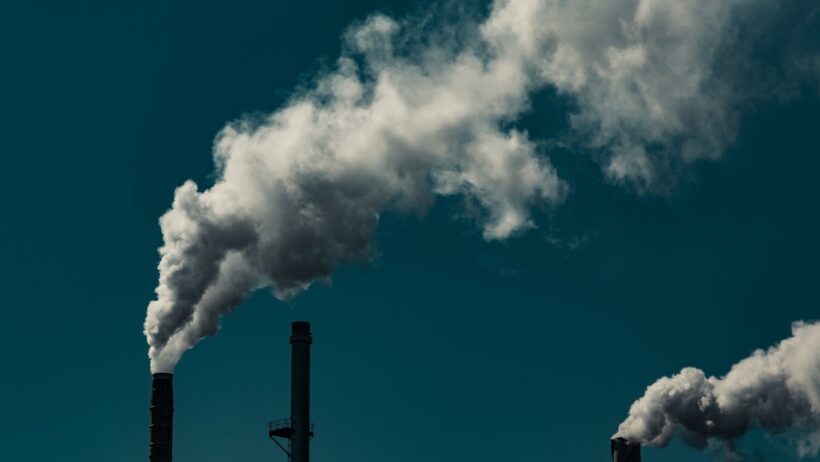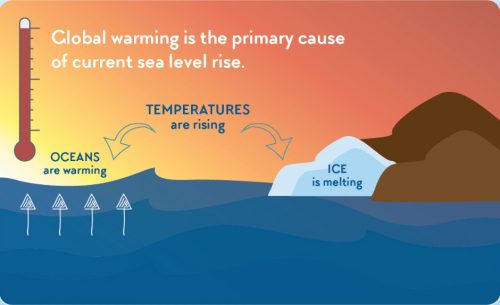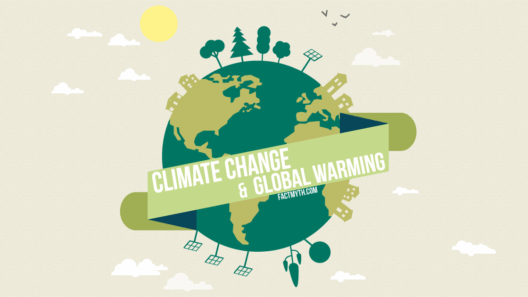The phenomenon of global warming, now often at the forefront of environmental discourse, has a much older lineage than many might assume. The historical arc leading to our contemporary understanding is replete with scientific curiosity, groundbreaking discoveries, and the intricate interplay of numerous factors that span centuries. By peeling back the layers of time, it becomes evident that the roots of global warming were sown long before the term itself was coined.
The seeds of discovery trace back to the mid-19th century, when scientists first began to grasp the role of certain gases in the atmosphere. Among these early pioneers was an enterprising woman named Eunice Foote, who, in the year 1856, conducted experiments demonstrating that carbon dioxide and other greenhouse gases could trap heat. This groundbreaking revelation implied that increased levels of carbon dioxide could ultimately affect global temperatures. At a time when women were often relegated to the periphery of scientific research, Foote’s contributions were both audacious and prophetic.
While her findings received scant recognition during her lifetime, the scientific community would soon see similar revelations emerge. In 1895, the renowned Swedish chemist Svante Arrhenius expanded upon Foote’s initial work. He delved deeply into the mechanisms of carbon dioxide and its connection to the Earth’s temperature, positing that a significant increase in carbon dioxide could raise the Earth’s temperature by several degrees. This work was foundational; it positioned humanity at a critical juncture where the understanding of atmospheric science began to evolve markedly. Arrhenius’s theories provided the framework for future research, serving as a precursor to modern climate science.
As the 20th century unfolded, the accumulation of industrial emissions steadily escalated, yet awareness of its potential impact on the climate remained subdued. The industrial revolution generated unprecedented economic growth, but this came at a significant environmental cost – the burning of fossil fuels released enormous amounts of greenhouse gases into the atmosphere. It was not until the mid-20th century that the implications of such emissions began to draw serious attention.
In the 1950s, atmospheric scientist Charles David Keeling initiated a pioneering study of atmospheric carbon dioxide levels at the Mauna Loa Observatory in Hawaii. His meticulous observations led to the famous Keeling Curve, which illustrated a disturbing upward trend in atmospheric carbon dioxide concentrations. The ramifications of his findings echoed throughout the scientific community, setting the stage for a more robust investigation into the effects of human activity on global climate. Keeling’s work highlighted the need for a more comprehensive understanding of the relationship between human activity and the planet’s delicate climatic balance.
The later decades of the 20th century ushered in a new generation of climate researchers, who built upon the foundational work of their predecessors. The 1970s marked a significant turning point, wherein public consciousness around environmental issues began to crystallize. Landmark events, such as the first Earth Day in 1970 and the establishment of the Environmental Protection Agency (EPA) in the United States, spurred a burgeoning interest in climate science among both the public and the scientific community. It was during this time that the phrase “global warming” began to permeate scholarly discussions and the general populace.
The 1980s and 1990s heralded growing recognition of global warming as a pressing global challenge. In 1988, the Intergovernmental Panel on Climate Change (IPCC) was established with the mandate of evaluating scientific information related to climate change. This collective effort crystallized scientific consensus and intensified media attention on global warming, with increasingly dire predictions regarding its potential consequences. Reports began to emerge, emphasizing that a failure to act could lead to catastrophic outcomes for ecosystems, economies, and human populations across the globe.
As scientific evidence mounted, public awareness evolved. The release of Al Gore’s “An Inconvenient Truth” in 2006 served as a cultural cornerstone, thrusting climate change into the limelight and igniting debates worldwide about responsibility, ethics, and agency. Media portrayals began to take on a dualistic tone – often portraying climate activism as the struggle between a benevolent desire for sustainability and the relentless drive for economic expansion associated with fossil fuel dependency.
In recent years, the urgency surrounding global warming has intensified, resulting in a shift not only in scientific research but also in public policy and individual behaviors. As grassroots movements gain momentum and calls for international compacts proliferate, the interplay between social sentiments, political frameworks, and scientific understanding becomes increasingly intricate and profound. Efforts such as the Paris Agreement aim to unify efforts across nations, highlighting the need for collective action to mitigate the impact of climate change.
The path to our current understanding of global warming is paved with the contributions of many inquisitive minds and their singular revelations. Spanning from the isolated observations of the 19th century to the collaborative international efforts of today, each pivotal moment reflects humanity’s evolving relationship with the environment. As we venture further into the 21st century, the specter of climate change looms large, beckoning us not only to reflect on our historical narrative but to reimagine our role as stewards of the Earth.
Ultimately, the history of global warming is not merely a chronicle of scientific discovery; it encapsulates a profound journey of enlightenment and responsibility. With knowledge comes power, and with that, the promise of transformative change. It is within this rich tapestry of discovery and commitment that we are called to act, for the future health of our planet relies upon the actions we choose to take today.






